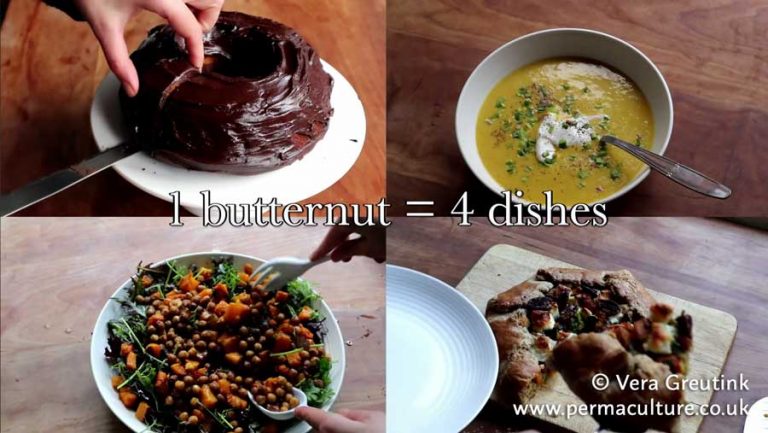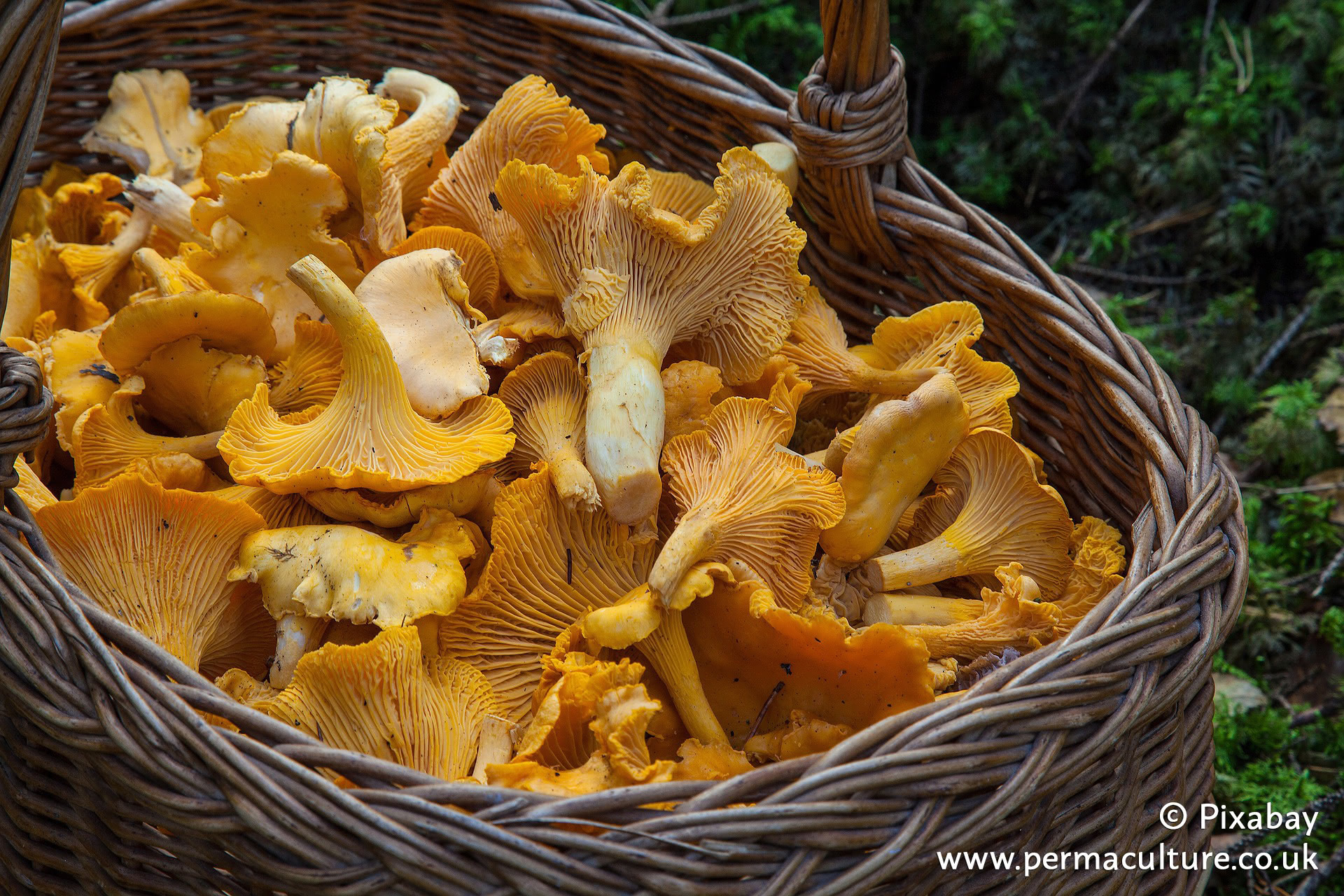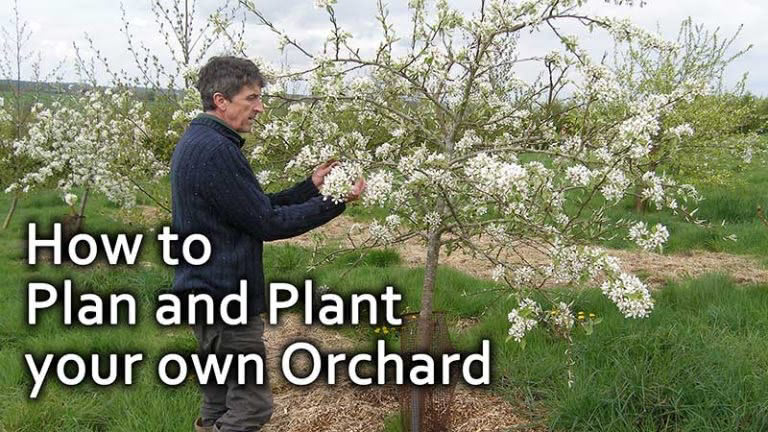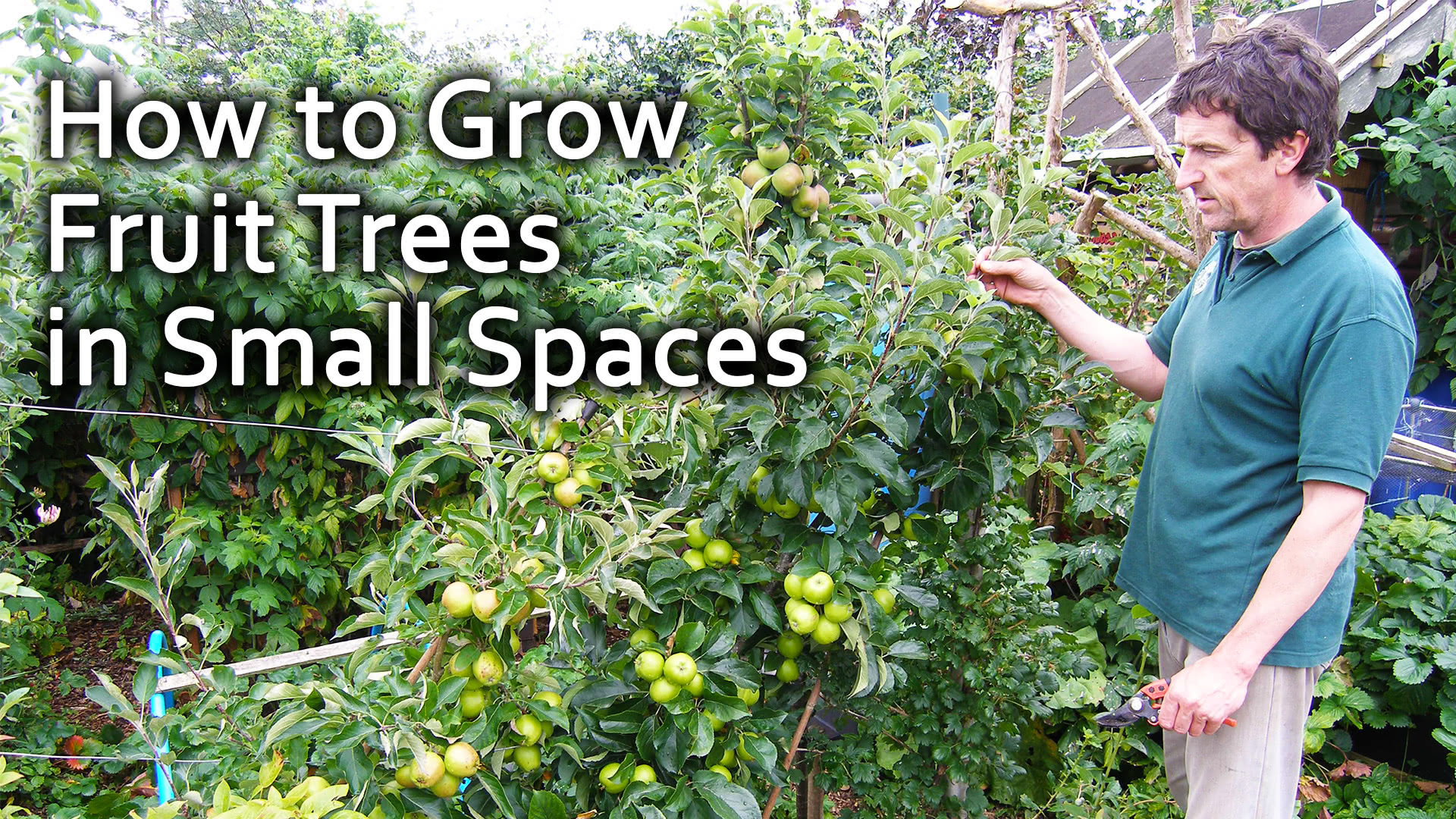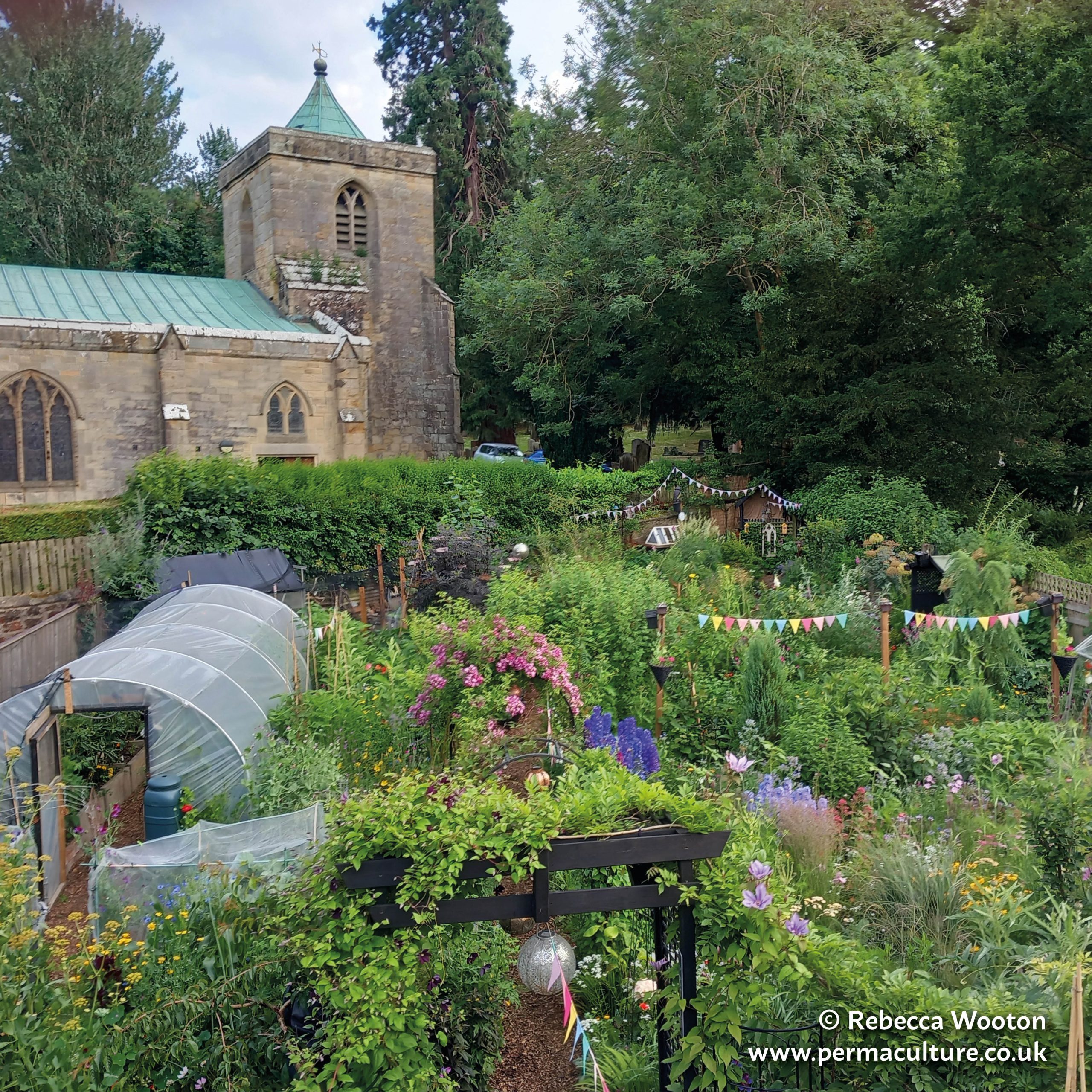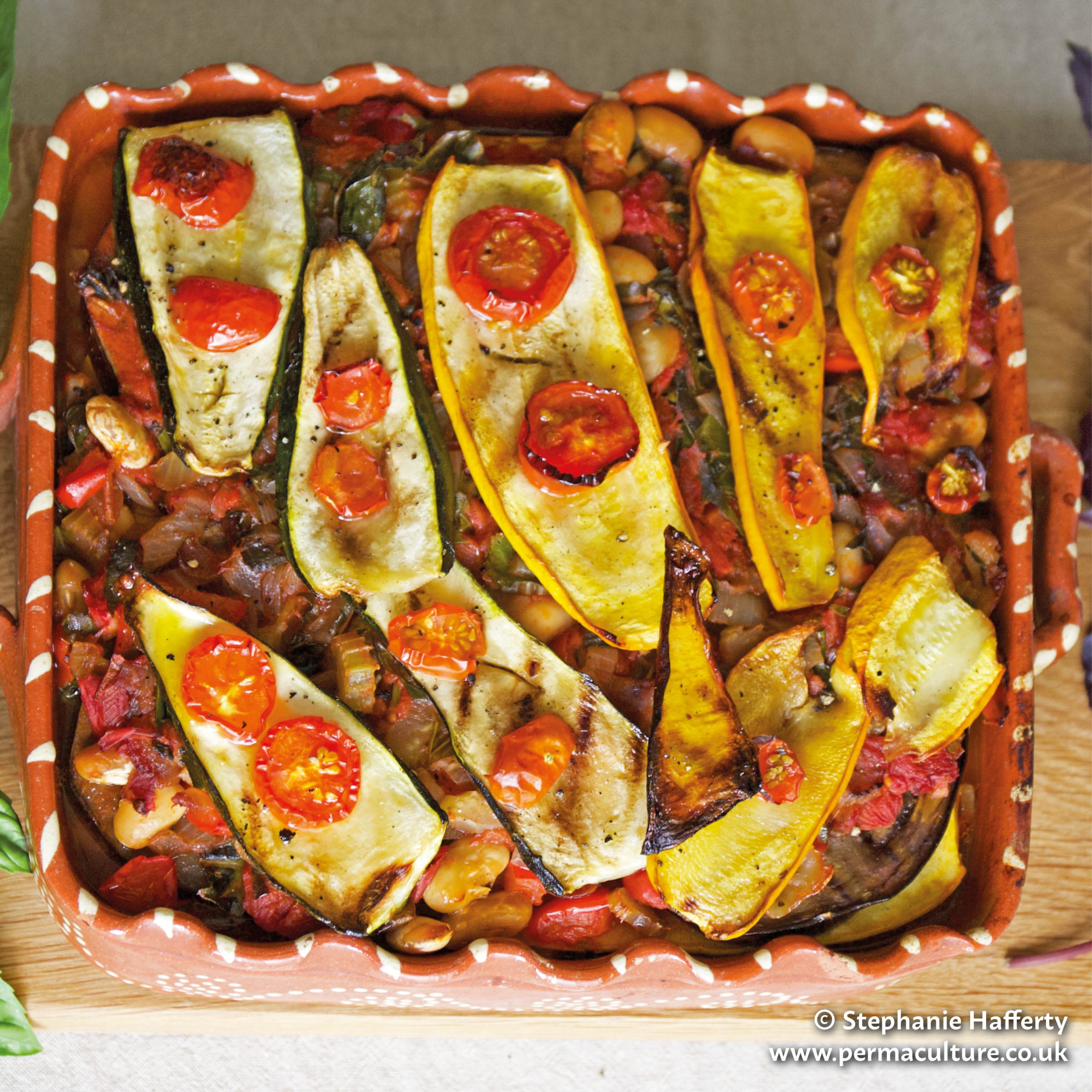Discovering permaculture was an epiphany for me. It gave me hope in a world seemingly gone mad. I finally had a framework for positive action. Sure, I knew we needed to plant trees and to ‘feed the world’, but now I had a way to figure out the where, when and how, to go with the what. I’d discovered something that could really make a difference.
Permaculture excited me, and as a long term activist, I was eager to make up for lost time. So I made a number of gardens and plenty of mistakes along the way. But that was OK; I was learning, and trial and error is how we master the most important things in life, like walking and talking. Naturally. This is called Action Learning and one of the things I’ve learned is to celebrate those mistakes for the great lessons they are, rather than feel the shame that society encourages us to feel.
Another important thing I’ve learned is that slow and small solutions are very often the best way forward. Yes, the tortoise really can be quicker than the hare. Or at least end up working less to get there. But following that advice really can be hard for those of us seeing the urgency of the global situation. We want to act quickly, to do something before it’s too late. “Don’t just stand there, do something!”
Yet through permaculture, I’ve discovered the value of patience and protracted observation. I’ve learned this the hard way of course by, for instance, my impatience to make gardens. I once laid out a few pallets around a mobile home where some decking was planned, so I knew where to start making my mulch beds. Only later did I start thinking about all the different uses I could make of such a deck and that two pallets deep would be a much more sensible size.
So ironically, one of the most important things I do these days as a permaculture teacher is to slow people down: to make sure that they take the time to really notice the landscape with which they are interacting; to consider all the options available to them, not just those that come straight to mind; to think long-term about how their needs and the landscape around them could change (and they will).
We need to take action, but let’s make sure we plan that action well, so we don’t regret it later. Getting it right involves more than just getting a veggie box or solar panels on your roof. There are times when those things might be appropriate and others when they may not. We need to be able to assess a situation and make the right choices in each new and unique situation. The good news is that, with permaculture in your design toolbox, you’ll have most of what you need to do a fine job.
Every time you make a meal, or rearrange your furniture, you’re designing. You might not have considered this, because you’re doing the analysis in your head and drawing from your previous experience, but you’re still designing. What the permaculture design process sets out to do though, is to give you a framework and a good collection of thinking tools to make your process both clearer and more consistently successful.
Whenever you make that meal or move that furniture around, it’s a relatively quick process with immediate effect. Both try out ideas in the real world – if the meal isn’t so tasty, there will soon be another opportunity to do better; if the furniture doesn’t look quite right, you can easily move it again. Neither is serious if it doesn’t go quite to plan, as relatively little energy is invested in the process.
However, when you start designing a garden or smallholding, a building, or a whole new livelihood, there is much more at stake. Once you’ve built your house or made your garden, once you’ve handed in your notice at work, any mistakes are much harder to correct. Bill Mollison, co-originator of permaculture, calls these ‘Type 1’ errors – those we regret making every day afterwards because they make it so hard to get anything else right.
Life experience may be a fairly reliable guide in our inter-actions with small day-to-day stuff (it’s safe to eat this or to do that), but when we start interacting with the world in a bigger way we begin to get unexpected results. These larger systems don’t always behave as we expect them to, so it’s useful to have some design tools to help us anticipate the things that may go wrong and to design in some ‘safety nets’. Permaculture provides us with an evolving toolkit, to help us successfully develop complex designs.
Design is the conscious assembly of concepts, materials, techniques and strategies for a particular purpose. Seeing all the exciting possibilities that permaculture offers us, it’s easy to forget this and just end up throwing together a collection of ‘green’ technologies and techniques, only to be disappointed by the result.
But permaculture and design is about more than just choosing the right things, it’s also about how we connect them together. Nature abounds with examples of beneficial relationships, showing us the value of this strategy for long-term sustainability.
So as permaculture designers, our role is to place components in the best places relative to each other, to create self-sustaining systems that also meet our needs. However, such relationships are often related specifically to where you are, so we need to be able to consciously design; to become a ‘permaculture chef’, rather than simply learning to follow a recipe.
Permaculture tells us that when we design to meet our needs, we should do so in a way that supports the ecosystem as a whole. Of course, permaculture is not a specific recipe, nor an end point. Rather it is an on-going process of harmonious adaptation to nature’s changing conditions. Having a design process can help each of us to find and stay on our own path.
While we may currently be making a bit of a mess of things, it’s perfectly natural for us to be shaping our environment to meet our needs. Biomimicry advocate Janine Benyus points out that even when our choices appear anything but natural, as a product of nature we can’t ever do anything else. Instead she asks whether our choices are well-adapted ones. Permaculture gives us the tools to create systems that support not only ourselves, but also future generations and Life as a whole.
In Permaculture: A Designers’ Manual, Bill Mollison suggests:
These design considerations provide us with clear criteria for how any permaculture design should perform. If we can design systems within these guidelines that meet our human needs, and at the same time support the ecosystem as a whole, then we will be well on our way to a sustainable human society.
We should invest most time and energy in the establishment of a good design, so inputs decrease as time goes on. Conversely, yields may start off small but then increase steadily. At a certain point, the total energy yielded from the site exceeds the total amount invested and the system goes ‘into profit’. One more thing worth remembering is that biologically we’re simply an ecosystem living within a larger ecosystem, and that whatever we do has consequences.
As David Holmgren, the other co-originator of permaculture, suggests, it’s important for us to consider broad patterns before looking at fine details. We can use this principle in our approach to design by using a simple framework that lays out a pathway for us to follow, ensuring that we don’t overlook anything important in our design process. There’s no one correct permaculture framework, designers often choosing from several that have been borrowed and adapted from other disciplines. Whichever one you choose, it should provide you with a successful pattern that you can use to get good results more quickly than by a process of personal random discovery. Here are a few (and you may come across others), any of which might serve you well.
SADIMET is a framework adapted from SADI, commonly used in landscape architecture. These letters stand for the stages of Survey, Analysis, Design and Implementation; then Maintenance, Evaluation and Tweaking being subsequently added. Of course the whole process is the design, so you might consider the D to instead stand for Decisions, the point at which you commit to specific choices.
O’BREDIMET is a framework is an expanded version of BREDIM, a design framework used in industrial engineering. The letters stand for Observation, Boundaries, Resources, Evaluation, Design, Implementation, Maintenance, (Re)Evaluation, and Tweaking.
You can probably see the similarity between the two, the latter just adding an extra level of detail to the observation stage.There are other design frameworks of course but the ones described above provide a useful framework for designing contained ‘within them’.
A Web Approach to Design. Not all frameworks are linear ones. Looby Macnamara’s framework (see PM72 ‘Life Design’ on p.23) has the stages represented as ‘anchor points’ in a web. These can be visited in a variety of ways, making it adaptable to each situation and person. She says the process is particularly well suited to people-focused designs.
At its most basic, the design process seems like a journey from A to B, from beginning to end. In reality though, a design is never finished and continues to need attention and adjustments whether you as designer are still involved or not.A much more accurate way of portraying any of these frameworks would be in the same circular pattern as the action learning cycle, which is no surprise, because if we look again we see that they are the same thing!
So now that we’ve chosen a framework to guide us through our designs, we can begin to gather the information we’ll need to make great choices.
Aranya has been experimenting with permaculture since his design course epiphany in 1996. In the years that followed he designed a collection of gardens, along with a few other non-land based designs, writing them all up to gain his Diploma in Applied Permaculture Design 2003.

